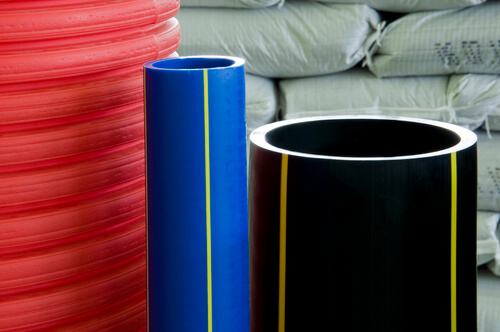In the case of tube sourcing, is it possible to avoid OD/ID concentricity requirements? After all, they can be just one giant headache. The world of small parts is, indeed, not a perfect world. That’s why we have tolerances. But occasionally, when concentricity is required (by the indication on a drawing), the measurement of concentricity is next to impossible to achieve. Knowing the following about concentricity can help you understand why.
When Concentricity Is Required
Fortunately, in part because of its complexity, only parts that absolutely require an extreme degree of precision are usually reserved for concentricity. And understandably so. But when one part needs to fit inside the other part, exactly and precisely, and everything needs to line up perfectly so that all things work together, concentricity is the way to assure that everything goes as planned. But, concentricity may not matter at all if a gas or liquid is required to pass through a tube for your application. (Maximum and minimum wall thickness, or concentricity, may also be related to the choice of material.) Even in this case, however, knowing how far out of concentric the OD/ID can extend is essential. Know your limitations (minimum acceptances).
Concentricity And Its Complexities
In order to determine if the ID or the OD are achieved, measuring concentricity can be troublesome indeed. Because of how difficult it is to establish the central axis, concentricity is thought of as possibly the trickiest trait to measure for (regarding GD&T). Additionally, it means taking, across a series of cross-sections, numerous measurements. And, to determine the median points of said cross-sections, you must exactly map out the surface. And we’re not done yet! To see if they fall within a cylindrical tolerance zone, those points must be plotted. The only way that that can be accomplished is on a computer measurement device such as a CMM (coordinate measuring machine). Because of the extensive time that this takes, it always means added costs.
How OD/ID Concentricity Is Expressed
On a drawing, several different ways of indicating OD/ID requirements can be used:
- Total indicator reading (TIR)
- Eccentricity percentage
- GD&T concentricity symbol
When talking about concentricity, sometimes another term is used – runout. This is discussed in the next section. Here, the circularity and concentricity of a part are measured while the part spins on its axis. You may also hear this referred to as “eccentricity times two”.
Is There an Alternative to Concentricity?
This is where runout comes in. It’s more readily achievable and easier to measure. Sometimes, you can use wall runout to replace concentricity, thereby avoiding the cost and time of verifying concentricity. Provided you know the maximum and minimum wall thicknesses, you can convert those tubing specs, using simple formulas, to wall runout. The surface of the part can be physically measured and touched with wall runout. Though not to the same level as when concentricity is applied, concentricity can also be controlled by controlling wall runout.
Willrich Precision carries various models and brands of concentricity gages. Speak with one of our gaging experts today to see which model is best for your particular application. But don’t stop there because we also carry numerous kinds of other measurement instruments used in the gaging, inspecting, and metrology industry.





